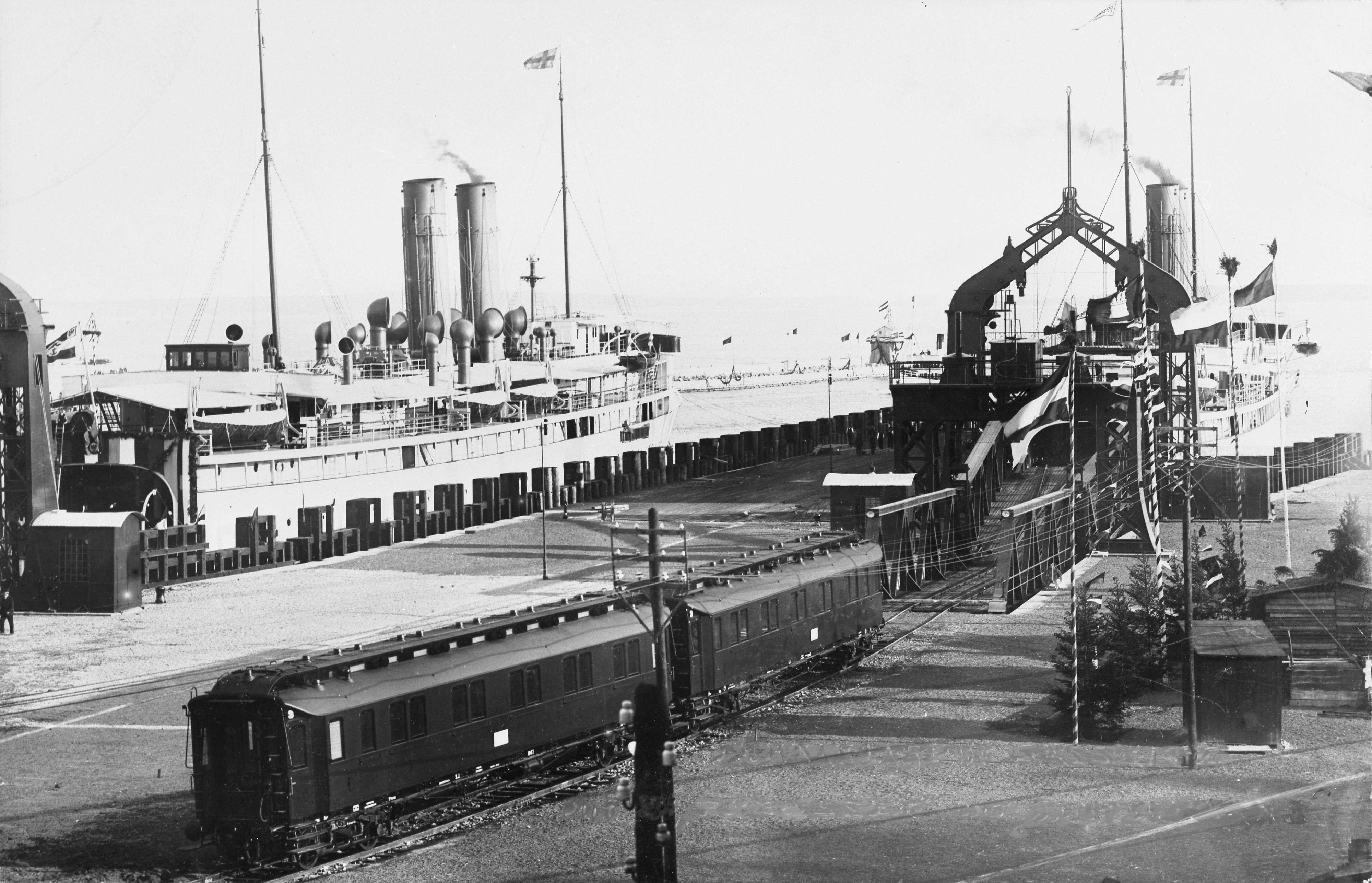
1909 - Trelleborg-Sassnitz en
The European railway network
Sweden’s first international connection became reality in 1871 with train travel to Oslo. This quickly sparked ideas and opportunities for travel to not only neighbouring countries, but also to destinations connected to the European railway network.
Travel to Norway and Finland was unproblematic, while travel to Denmark and Germany required ferry solutions. Initially, passenger-only ferries were established, but by 1892 it was possible to transport passenger carriages by ferry between Malmö and Copenhagen on a limited scale.
Europe via Germany
In 1897, the Trelleborg–Sassnitz ferry route was opened by the state-owned railway companies in Sweden and Germany. By 1909, development had progressed to the point where a train ferry line could be opened between the cities and a direct train line was created between Stockholm and Berlin. From Berlin, access to the rest of Europe was completely open and the continent was now much closer.
The ferry terminal at Sassnitz was abandoned in 1998 in favour of Mukran, a short distance away. The importance of this ferry route is reflected in its nickname, “Kungsleden” (the King's Route).